Spoliation Advisory Panel Newsletter- Special Edition: The work of the European Restitution Committees- Conference Report
Updated 24 October 2024
Introduction by Mark Caldon MBE, Secretary to the Spoliation Advisory Panel, UK
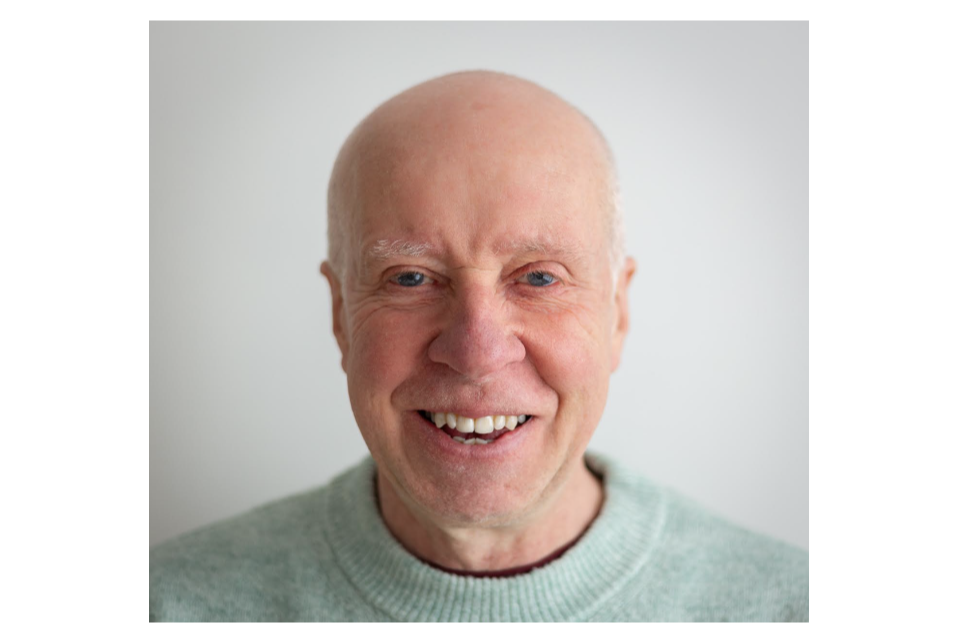
Mark Caldon MBE, Secretary to the Spoliation Advisory Panel, UK
Nazi-looted art remains a major concern for museums. This is the case not just in Germany or Austria, or countries formerly occupied by the Nazis, but for any museum that acquired items post-1933, including in the UK. In 1998, 44 countries endorsed the Washington Conference Principles on Nazi-Confiscated Art, aimed at enabling ‘just and fair solutions’ for such items, leading to the creation of restitution committees in Germany, Austria, France, the Netherlands, and the UK. Earlier this year, Best Practices for the Washington Conference Principles on Nazi-Confiscated Art were announced. Reflecting 25 years of experience with the restitution processes in different countries, these Best Practices serve to clarify and improve the practical implementation of the Washington Principles.
On 23 May 2024, hosted at the V&A in London, the countries forming the Network of European Restitution Committees on Nazi-Looted Art met to discuss the Best Practices and held a forum for discussion, focusing on the work of their committees. It was of timely coincidence that the research guide by Dr Jacques Schuhmacher, Senior Provenance Research Curator at the V&A, titled Nazi-Era Provenance of Museum Collections, was also published, in support of the ongoing efforts to research the provenance of museum collections with respect to the Nazi period.
The event concluded with a public conference at which the keynote address was delivered by Lord Pickles, the UK Special Envoy on Post-Holocaust Issues. The main Conference session saw representatives from the five European committees discussing the committees’ past and current work in light of the 1998 Washington Principles and the new Best Practices. The committees were encouraged to highlight similarities and differences in their approaches and to include specific case examples that illustrate those processes and the challenges they have faced. Given that the Best Practices were developed to address gaps in the 1998 Washington Principles, the panel explored perspectives on the effectiveness of these two documents and how they expected the Best Practices to impact on the committees’ work. Panellists were asked to share their insights on the strengths and weaknesses of both documents and to discuss potential future developments in the field of restitution.
We were delighted that the event was well attended and received such positive feedback. The day was a fitting conclusion to the series of events including these newsletters that we have been delighted and privileged to host under the UK Presidency of the Network. This special edition newsletter reports on the Conference. We look forward to continuing to work with our European colleagues on these most important issues.
Network of European Restitution Committees: Spoliation Conference at the V&A
On 23rd May 2024, hosted at the V&A in London, the countries forming the Network of European Restitution Committees on Nazi-Looted Art, met to discuss the Best Practices and held a forum for discussion, focusing on the work of their committees and what the new Best Practices mean for their work.
Ahead of the afternoon Spoliation Conference, which was open as a ticket event, the five committees met to discuss the future of the network and the presidency of the network being passed from the UK to France in September 2024. The committees also discussed recent restitution cases, including the benefits of research programmes and working with relevant institutions to better understand collections. Many of the cases and developments in the restitution work discussed can be found in the previous editions of the newsletter available to download on GOV.UK.
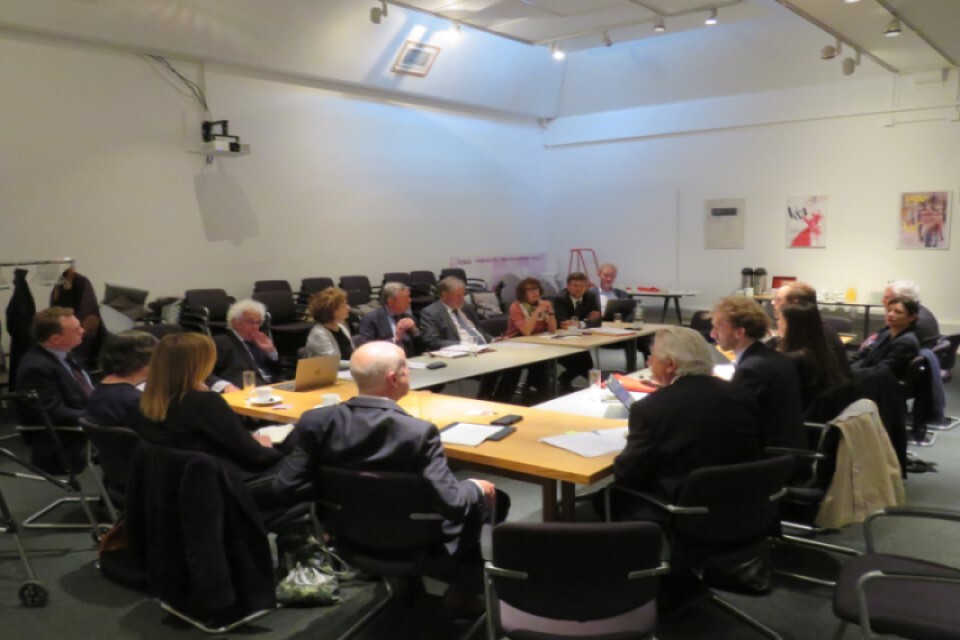
Representatives from the countries forming the Network of European Restitution Committees on Nazi-Looted Art discussing the future of the network. In attendance were representatives from France, Germany, Austria, The Netherlands, and the UK.
The work of the network was reflected on by the attendees, noting that a number of new countries (22 in total) have signed up to the new Best Practices, and have expressed interest in working with the network and contributing to the newsletter. Support to encourage other countries to contribute to the newsletter for the purpose of sharing knowledge will be one of the aims for the network going forward.
The Spoliation Conference
The day concluded with a public conference session which saw representatives from the five European committees discussing the committees’ past and current work in light of the 1998 Washington Principles and the new Best Practices.
The conference was introduced by Lord Inglewood, Chair of the UK Advisory Group on Spoliation Matters, highlighting the important contribution made by the V&A to provenance research regarding Nazi-spoliation artworks and thanking them for hosting the conference. A recorded video from Lord Parkinson, the former Parliamentary Under Secretary of State at the Department for Culture, Media and Sport also thanked the committees for their work and highlighted the importance of this event being held.
The keynote address was delivered by Lord Pickles, the UK Special Envoy on Post-Holocaust Issues. He addressed the V&A, thanking them for hosting the event and the research they have contributed to the study of Nazi-Looted Art, noting that the V&A holds the only known copy of a complete inventory of the Entartete Kunst, or ‘Degenerate Art’, confiscated by the Nazi regime from public institutions in Germany, during 1937 and 1938.
Reflecting on the history of Nazi-Looted art, and his attendance to a number of conferences working on declarations to commit to this restitution, Lord Pickles considered the future:
“[for] the next 25 years we need to ensure transparency. Claimants, as well as the public in general, have a right to know about the existence and the whereabouts of all items in public collections. It is public property, or at least property serving public purposes. If we are to implement the Washington Principles faithfully, we must ensure that in those countries where commissions have been set up are fully transparent. It is important to let the healing process of daylight enter in.”
He concluded that:
“we need to remember that, whether it is a painting or a book or a porcelain jar, every object represents the life and lives of those who were lost. Their restitution restores a personal connection, a link with those lives so utterly transformed or destroyed by the Nazis. After 80 years we need to be proactive and not wait for people to come to us. The first step is for all institutions to publish a list of holdings. This is a mea culpa moment for us all. We need to pledge to do better and the Washington guidelines are a step in the right direction.”

Keynote address by Lord Pickles, the UK Special Envoy on Post-Holocaust Issues.
To read the full keynote address, please find the published speech by Lord Pickles on GOV.UK
Panellist discussion
The committee panellists were encouraged to highlight similarities and differences in their approaches and to include specific case examples that illustrate those processes and the challenges they have faced. Given that the Best Practices were developed to address gaps in the 1998 Washington Principles, the panel explored perspectives on the effectiveness of these two documents and how they expected the Best Practices to impact on the committees’ work. The discussion was led by Dr Charlotte Woodhead, an associate professor at Warwick Law School with research in cultural heritage law. The panellists included:
- David Zivie, from the Ministry of Culture General Secretariat and Head of the Mission for the search and restitution of cultural property looted between 1933-1945, France
- Dr Saskia Cohen-Willner, from The Advisory Committee on the Assessment of Restitution Applications for Items of Cultural Value and the Second World War, The Netherlands
- Sir Donnell Deeny, the Co-Chair of the Spoliation Advisory Panel, UK
- Dr. Franz-Philipp Sutter, Member of the Art Restitution Advisory Board Justice at the Austrian Supreme Administrative Court, Austria
- Professor Dr. Wolf Tegethoff, Vice-Chairman of the Advisory Commission on Nazi-Looted Cultural Property, Germany
Dr Charlotte Woodhead opened the discussion reflecting on the varying histories of the countries represented and post war legacies, and how this would impact provenance research. This would often influence the type of cases they face, and the factors that cause the complications when finding records and sourcing claims. There is a commonality in the subject matter of the objects, but the issues vary on how cases are dealt with, which Dr Woodhead invited the panellists to share on.
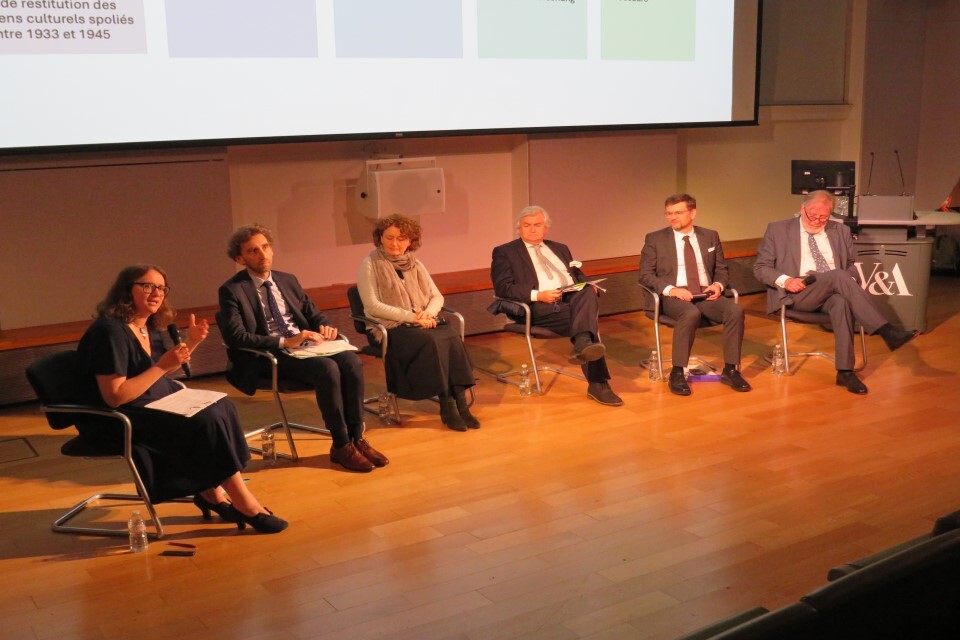
(Left to right) Dr Charlotte Woodhead, David Zivie (France), Dr Saskia Cohen-Willner (The Netherlands), Sir Donnell Deeny (UK), Dr. Franz-Philipp Sutter (Austria), Professor Dr. Wolf Tegethoff (Germany).
Dr. Franz-Philipp Sutter from the Art Restitution Advisory Board Justice at the Austrian Supreme Administrative Court reflected first on Austrian restitution law. In 1998 the Washington Principles were passed but the year was also significant for Austria which passed the Federal Act on the Restitution of Artworks from Austrian Federal Museums and Collections (Art Restitution Act) to permit the restitution of artworks confiscated or (illegally) acquired during the Nazi regime. They are celebrating 25 years of the Principles and law. Over 400 decisions of over 15,000 objects, from famous paintings to smaller objects have been passed since then.
The Austrian parliament wanted an automatic proactive process regarding the return of Nazi-looted art which started with proactive research into museums by searching provenance and identifying cultural objects. The Federal Art Restitution Act has since evolved but the base remained the same to ensure a process of finding artworks within museums and identifying them as spoliated artwork. This set of legal requirements have proven to be effective and led to a number of restorations and returns. Once the Austriation Restitution Committee establishes the facts through the provenance commission, a return is issued. The committee research is restricted to federal collections but this covers large wide regions and collections. The process does not rely on claimants coming forward, as every object in state collections is researched to see if there is a spoliation claim.
Professor Dr. Wolf Tegethoff, the Vice-Chairman of the Advisory Commission on Nazi-Looted Cultural Property, Germany reflected then on the significant difference in approach taken by Germany. The accord on Nazi-Looted Art is between federal state and rules of procedure. They can only act on mutual consent of the applicant or claimant and the respondent. Whilst there is pressure on states to enter discussion regarding a claim, there is no legal requirement to do so. There are discussions to review this practice so that the investigation of a claim only requires consent by the claimant.
Currently the practice of managing claims is on moral and ethical standards rather than legal. This is to reduce the process of legal procedures that can be lengthy. The soft procedure currently works. However institution law is under discussion in Germany, but currently nothing is legally binding. The committee and the work on the restitution on Nazi-Looted art is under review, reflecting on making changes to reverse the burden of proof from the claimant to public collections, and broadening the claims to include financial stress and other circumstances of loss such as forced sales.
In the Netherlands however, the Restitution Committee is both advisory and provides legally binding opinions as Dr. Saskia Cohen-Willner, a committee member of The Advisory Committee on the Assessment of Restitution Applications for Items of Cultural Value and the Second World War, discussed. The distinction is made between requests related to the Dutch National Art Collection (including the Netherlands Art Property Collection, also known as the ‘NK-collection’), and requests related to cultural goods in all other collections in the Netherlands. For the latter, examples are collections owned by a provincial or local authority institution, a foundation or a private individual.
For requests related to the State collection, the Dutch committee advises the Minister of Education, Culture and Science (OCW). Subsequently, and based on the advice provided by the committee, the Minister decides whether or not an object will be restituted. Requests related to other collections in the Netherlands can only be jointly submitted by the party seeking restitution and the current holder. In those cases, the committee provides a binding opinion. This binding opinion is classed as ‘soft law’, but within a legal framework.
Since 1 September 2018, the Expert Centre Restitution (ECR) has been conducting independent and impartial research, both autonomously and upon the request of the Restitutions Committee. The ECR is part of the NIOD Institute for War, Holocaust and Genocide Studies in Amsterdam, and it is the main knowledge centre for claim-based provenance research in the Netherlands. The Restitutions Committee has acquired a great deal of knowledge about Nazi looted art which has been applied in its activities relating to advising and issuing rulings about restitution applications.
David Zivie, Head of the Mission for the search and restitution of cultural property looted between 1933 to 1945, explained that in France, many of the looted artworks end up on the art market and in private collections out of their jurisdiction. If an object is not found, the committee will work on a financial compensation instead. Whilst many claimants provide information to investigate a case, France will conduct provenance research to instigate a search for an heir. The recommendations are not binding, but are often followed through due to moral pressure and obligation.
Sir Donnell Deeny, Co-Chair of the Spoliation Advisory Panel, UK, highlighted that unlike his European colleagues, the UK is in the unique position of not having been occupied by the Nazi regime. The number of works of questionable provenance found in UK collections are often lower.
The UK passed a law in 2009 that allowed museums to return art stolen by Nazis. The Holocaust (Return of Cultural Objects) Act 2009, gave 17 UK national institutions, including the British Museum and the National Gallery, the power to return items lost during the Nazi era to their original owners or their heirs. The Spoliation Advisory Panel was then created to make recommendations on restitution cases. They operate on the basis of the most likely probability to identify and research decisions on claims.
Sir Donnell referred to the Panel’s Terms of Reference which guide it in making decisions. In particular, recognising that they should:
“evaluate, on the balance of probability, the validity of the claimant’s original title to the object, recognising the difficulties of proving such title after the destruction of the Second World War and the Holocaust and the duration of the period which has elapsed since the claimant lost possession of the object”.
Sir Donnell also noted that the Spoliation Advisory Panel, unlike the other European committees, often had little to no contact with claimants, often holding discussions directly with lawyers representing the claimant.
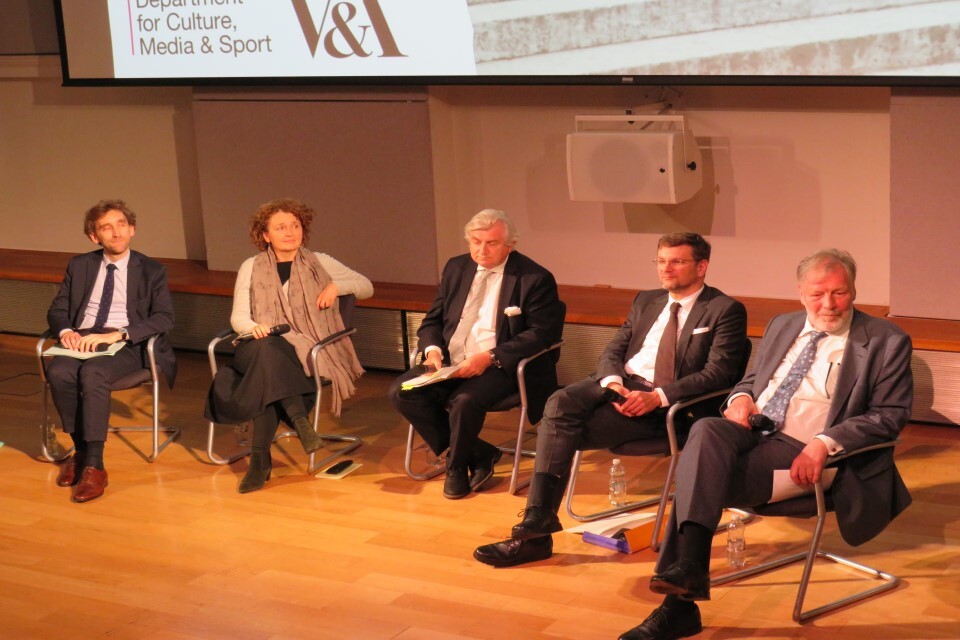
The opportunity of having a ‘hearing’ from the claimant is considered an important part of the process by many of the committees. David Zivie mentioned that in France having the informal discussion with a claimant allowed them to deal with the case sensitively, noting that the memory of the family was just as important as the claim. Dr Saskia Cohen-Willner agreed noting on the emotional strength that was based in the claims and could only be witnessed through direct contact.
Language on ‘applicant’ and ‘claimant’ was raised by Professor Dr. Wolf Tegethoff, as in Germany, removed the term ‘applicant’ in recognition that they were not applying but making a claim of recovery. The Netherlands alternatively used ‘applicants’ in their terminology due to its less legal connotation.
Dr Charlotte Woodhead moved the discussion onto the issue of transparency as raised earlier in the keynote address by Lord Pickles. There was a clear agreement by the committee members on the panel that publishing research, case decisions, and reports were an important part of the process. Dr. Franz-Philipp Sutter noted that in Austria it was important to have all decisions published online as the knowledge shared provides another light on the history of the Nazi Reich. Sir Donnell Deeny also noted that the UK publishes detailed reports on decisions to fully explain decisions and transparency of the process.
A common issue in all cases regarding the return of Nazi-Looted Art is the issue around evidence and sourcing said evidence from a time where much was destroyed or lost. Dr Charlotte Woodhead noted that many of the claimants are second or third generation descendants from those that fled during a war, often having little to no evidence to a claim other than oral stories that have been passed down.
Sir Donnell Deeny noted that whilst there are records in national collections about objects, they can be limited. More of than not, inferences are drawn from facts. Whereas a court might not have felt itself to be satisfied, the process for claims on Nazi-Looted art has to be more flexible and empathetic. There is also a disparity faced between claims made by larger or affluent families that may have access to documentation, to those smaller families who faced pressure to sell or flee on short notice and lack documentary evidence.
Dr. Franz-Philipp Sutter mentioned how important it is to close loopholes such as the balancing of probabilities. For Austria, they believe it is easier to have a legal framework to judge against when faced with reduced evidence. The use of case similarity and case difference detection come into place as a means of filling in gaps. France mentioned that the lack of information is challenging, however the French committee also decided using probabilities. The claims over forced sales often pose questions on whether they were forced or not and how to evidence that.
Sir Donnell referenced a recent case in the UK where the claimant was making a claim on cultural property based on shares in a bank that faced a forced closure during the Nazi occupation. Claimants are not confined to families or individuals, but corporate bodies as the heirs of shareholders. The legal definitions of ownership can be difficult to determine and it is imperative for a degree of consistency. Just and fair solutions are needed and often develop as principles are applied.
Whilst the discussion reflected on the past and current practices referencing cases, Dr Charlotte Woodhead invited views on the future of the committees. David Zivie mentioned that France was working to streamline the case-load in light of the new deaccessioning law just passed. It will allow stolen art, books, and other cultural property in France’s inalienable public domain—even work looted beyond its borders—to be returned to its rightful owners.
The conference closed with questions from the public attendees and a closing speech from Lord Inglewood, again thanking the V&A for hosting. The day was a fitting conclusion to the series of events and newsletters that was hosted under the UK Presidency of the Network.
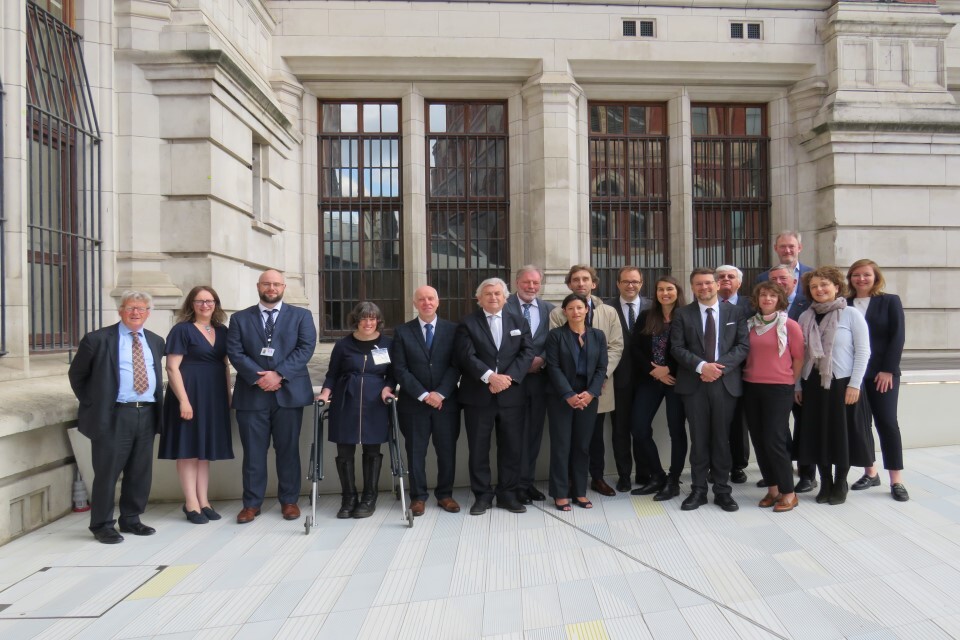
Imprint
The Newsletter is published by the Spoliation Advisory Panel, UK.
©2024 by the Network of European Restitution Committees on Nazi-Looted Art.
All rights reserved. No part of this publication may be reproduced, distributed, or transmitted in any form or by any means, including photocopying, recording, or other electronic or mechanical methods, without the prior written permission of the publisher, except in the case of brief quotations embodied in critical reviews and certain other noncommercial uses permitted by copyright law.
